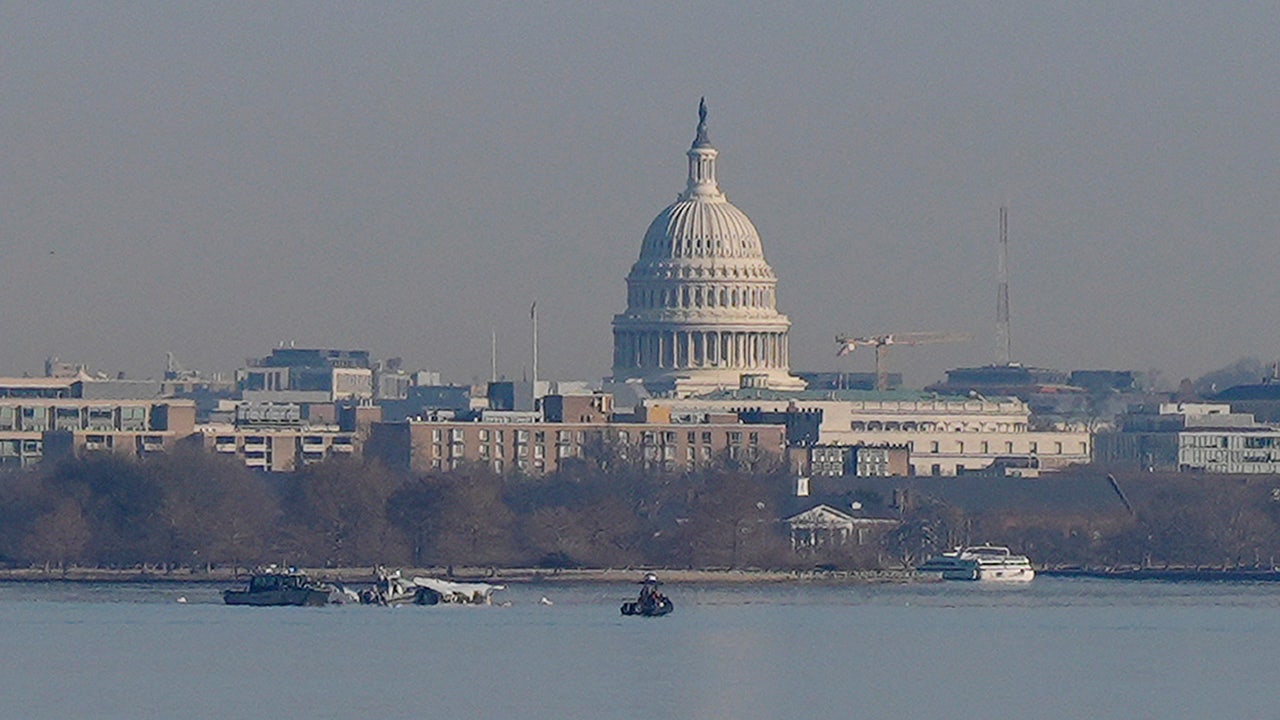In a historic moment for space exploration, NASA’s Parker Solar Probe has survived its closest approach to the Sun yet, flying just 3.8 million miles above the solar surface while traveling at an unprecedented speed of 430,000 miles per hour. This remarkable achievement marks a new chapter in humanity’s quest to understand our star.
Published in NASA/Goddard Space Flight Center | Estimated reading time: 4 minutes
On December 24, 2024, while most of Earth celebrated holiday festivities, NASA’s Parker Solar Probe was making history. The spacecraft, protected by its innovative carbon foam shield, ventured closer to the Sun than any human-made object before it. Mission control received confirmation of the probe’s survival late on December 26, marking a successful milestone in our journey to understand the mysteries of our star.
As Nicky Fox, leader of the Science Mission Directorate at NASA Headquarters, explains: “Flying this close to the Sun is a historic moment in humanity’s first mission to a star.” This achievement wasn’t a matter of chance – it resulted from six years of careful orbital mechanics, including seven strategic Venus flybys that gradually adjusted the probe’s trajectory.
Engineering Marvel Meets Solar Challenge
At its current position, the probe faces temperatures that would melt steel. Its carbon foam shield, designed to withstand up to 2,600 degrees Fahrenheit, keeps the scientific instruments at room temperature while enduring the solar corona’s million-degree environment. During this pass, the shield was expected to reach 1,800 degrees Fahrenheit – a testament to human engineering excellence.
Revolutionary Discoveries
The probe’s previous encounters have already challenged our understanding of the Sun. It revealed that the corona’s outer boundary contains unexpected wrinkles with spikes and valleys, and identified the source of mysterious “switchbacks” – zig-zag-shaped structures in the solar wind – at the Sun’s photosphere.
“The data that will come down from the spacecraft will be fresh information about a place that we, as humanity, have never been,” says Joe Westlake, director of NASA’s Heliophysics Division. The spacecraft’s next close encounters are scheduled for March 22 and June 19, 2025.
Glossary
- Corona
- The Sun’s outer atmosphere, which can exceed temperatures of 1 million degrees Fahrenheit.
- Solar Wind
- A constant flow of material escaping the Sun into space.
- Photosphere
- The visible surface of the Sun where important solar phenomena originate.
Test Your Knowledge
How fast was the Parker Solar Probe traveling during its closest approach?
The probe reached a speed of 430,000 miles per hour, making it the fastest human-made object ever.
What protects the spacecraft’s instruments from the Sun’s extreme heat?
A carbon foam shield protects the instruments, keeping them at room temperature while the shield faces temperatures up to 2,600 degrees Fahrenheit.
How did the spacecraft achieve its close solar orbit?
The probe used seven Venus flybys over six years to gravitationally adjust its trajectory, eventually achieving an optimal orbit that brings it close to the Sun every three months.
What unexpected discovery did the probe make about the Sun’s corona?
The probe revealed that the corona’s outer boundary is wrinkled with spikes and valleys, contrary to previous expectations.

























































